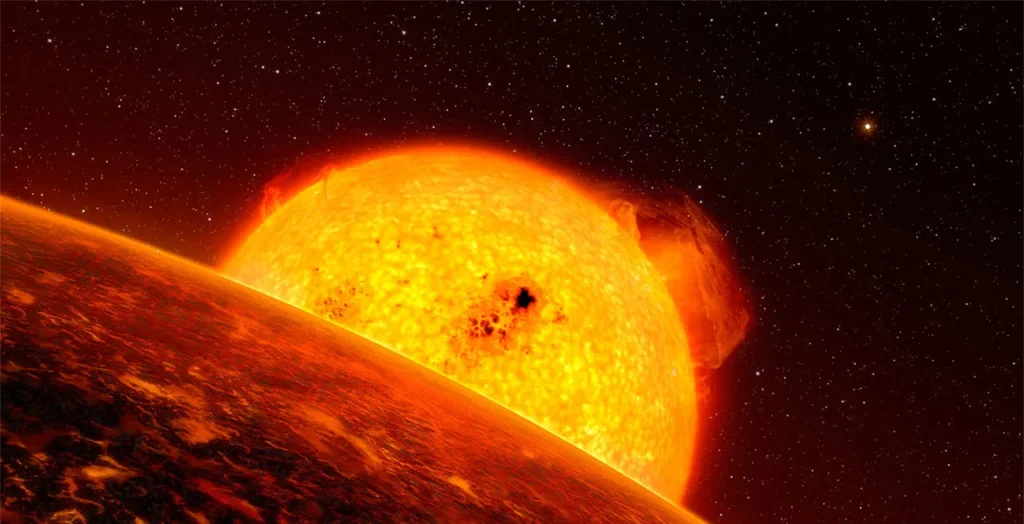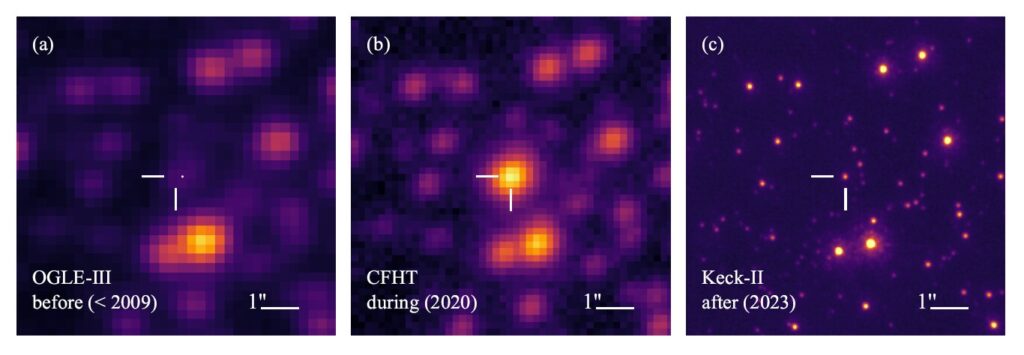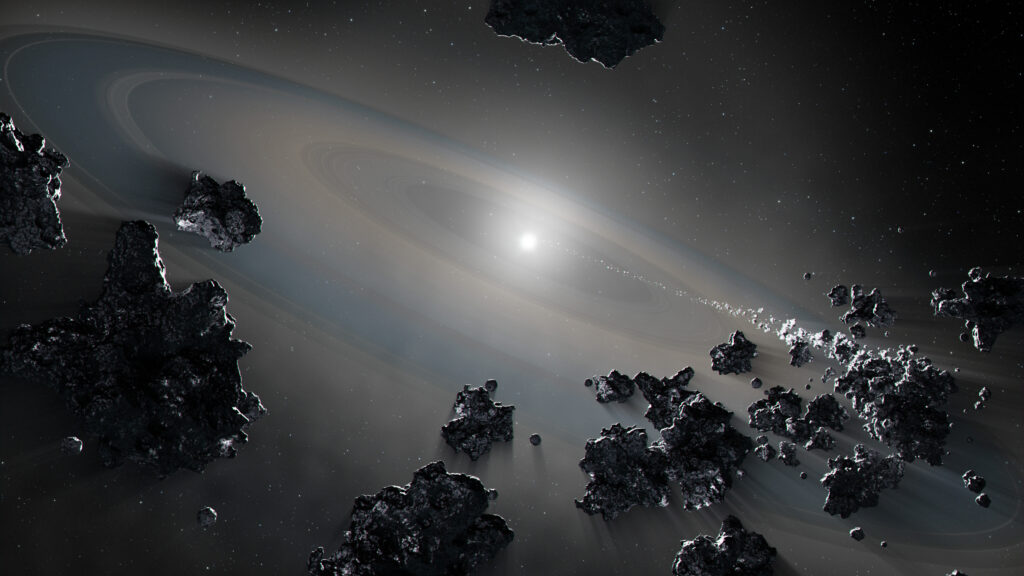American astronomers reported the discovery of a very unusual system consisting of a white dwarf and an exoplanet the size of Earth. It gives an idea of what the future may expect for our home world.
Future of the Solar System
Our Sun is now in the middle of its life cycle. As it ages, its luminosity gradually increases. It is believed that in one to two billion years, this process will cause the temperature of our planet to rise so high that all the oceans will evaporate, making it impossible for any life to exist.

But that’s not the end of the story. When, in five billion years, the Sun has consumed all of its hydrogen fuel, it will begin to expand into a red giant. In the process, it will destroy Mercury and Venus. Then it will shed the outer layers of its atmosphere, and all that will be left is a cooling core, which we call a white dwarf.
But what about Earth? Will it be able to survive this cataclysm? So far, scientists have no definite answer to this question. On the one hand, calculations show that the Sun should expand enough to reach Earth’s orbit. On the other hand, during this process, the dying star will lose mass, which could give our planet a chance to move to a more distant orbit and be rescued. And a recent discovery by astronomers at the University of California, Berkeley, shows that this scenario is very real.
Exoplanet near a dead star
In 2020, researchers recorded a thousandfold increase in the brightness of one of the stars at the center of the Milky Way. It was caused by a microlensing event when a closer star passed into the background. Its gravity acted as a lens, increasing the brightness of the distant star.

After examining the available data, astronomers found that the microlensing-induced system includes a star with a mass about half the mass of the Sun, a planet with the mass of the Earth and a very large planet with a mass 17 times that of Jupiter — most likely a brown dwarf.
A more detailed analysis showed that the Earth-like exoplanet is 2 astronomical units away from its star (this is twice the distance between Earth and the Sun). However, it remained unclear what exactly that star was, as its light was lost in the glare of the background star.
To find the answer to this question, scientists took the help of telescopes at the Keck Observatory. In 2023, it photographed the location where the star system should be. They came upon a surprise. When they examined the images, they found nothing. The star was so dim that the telescopes could not catch its light.
Based on this, as well as the mass of the object, scientists concluded that it was a white dwarf — the remnant of a star that once resembled our Sun. In turn, the orbit of an Earth-like exoplanet may have been closer to its star in the past. It may even have been in the zone of life.

According to the researchers, the finding provides a clue as to what the solar system will look like after the Sun dies. It also confirms that our planet has a chance to survive this cataclysm.
Earlier we told you about how astronomers discovered an asymmetric exoplanet.
According to Phys.org


